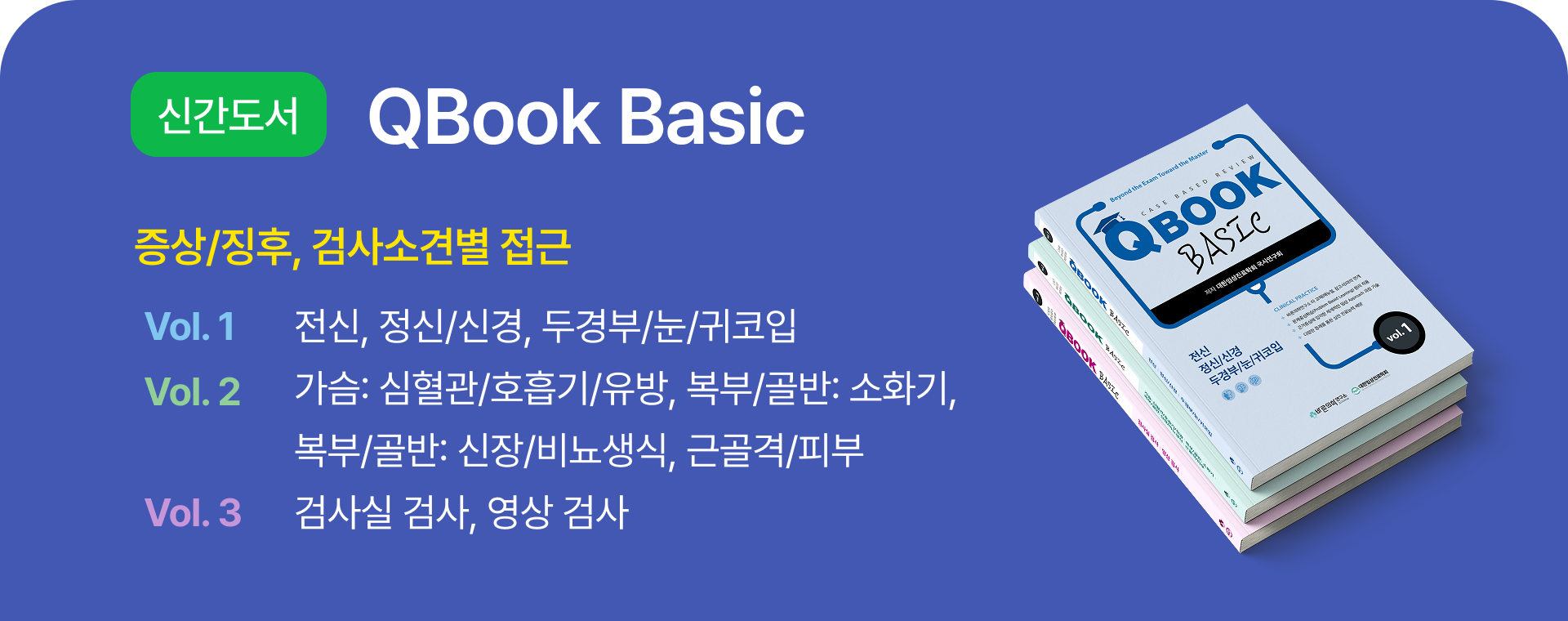[제3회 실전 임상진료아카데미]
'감'잡고 'AI'로 날개 달기!

- 일시: 2026.02.08(일) 10:00-16:00
- 장소: 서울 강남구 영동대로 96길 20 대화빌딩 지하1층 스페이스쉐어 삼성역센터 리젠시홀
- 대상: 의사, 의대생
- 강사: 박경민, 박진용, 안상현, 엄두영, 이상봉
- 주최: 대한임상진료학회
- 후원: 바른의학연구소
- 혜택:
(1) 고급 도시락 제공
(2) 강의록 제공(종이책 + PDF)
(3) 메타메딕 1개월 전체 구독권 쿠폰 제공
(4) 강의 동영상 제공 (1년)











